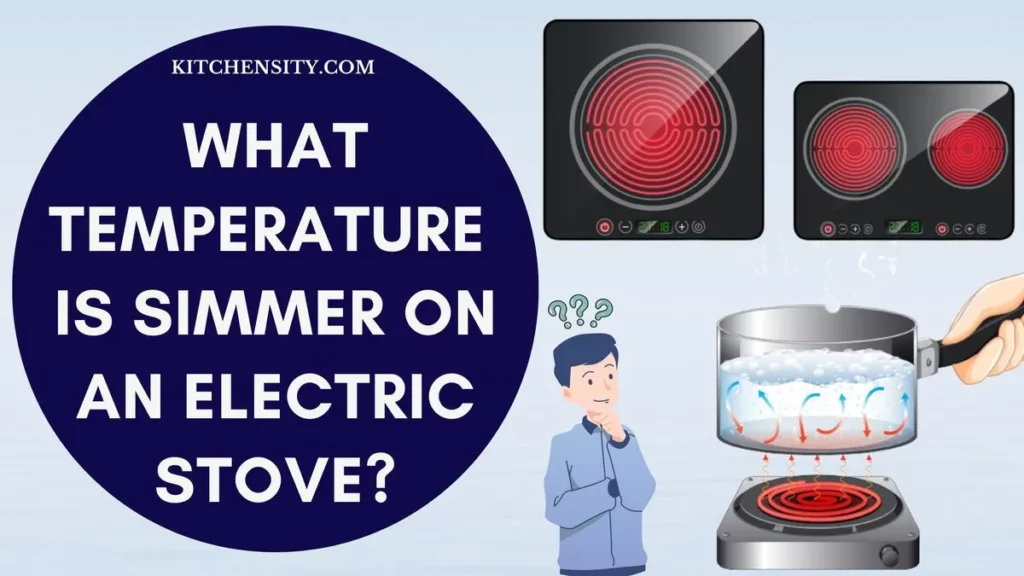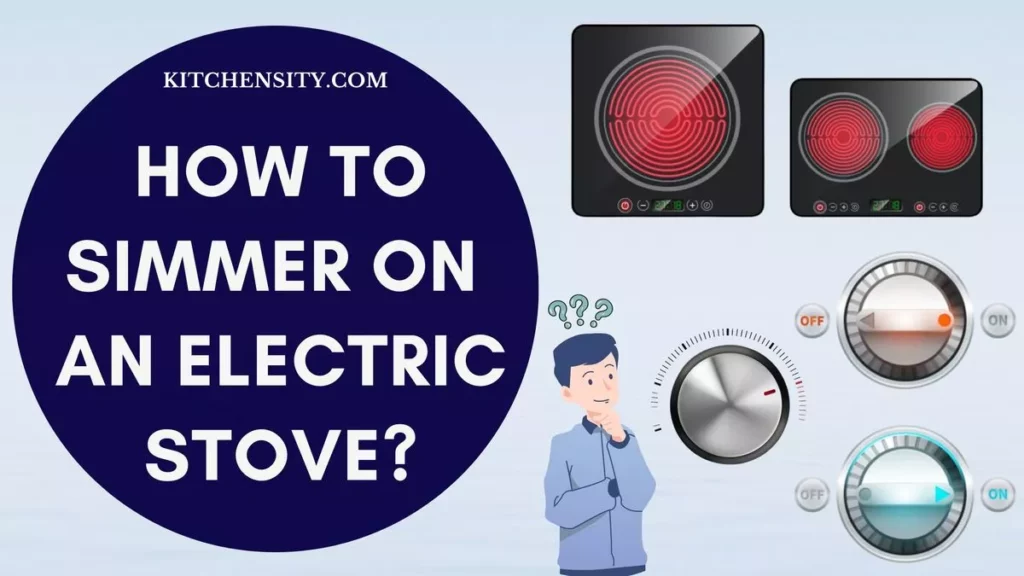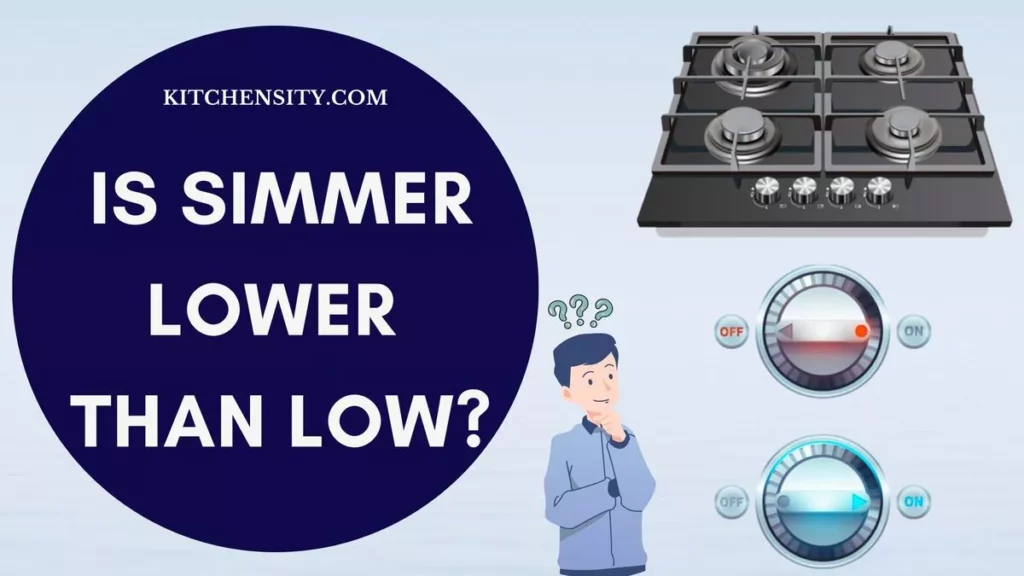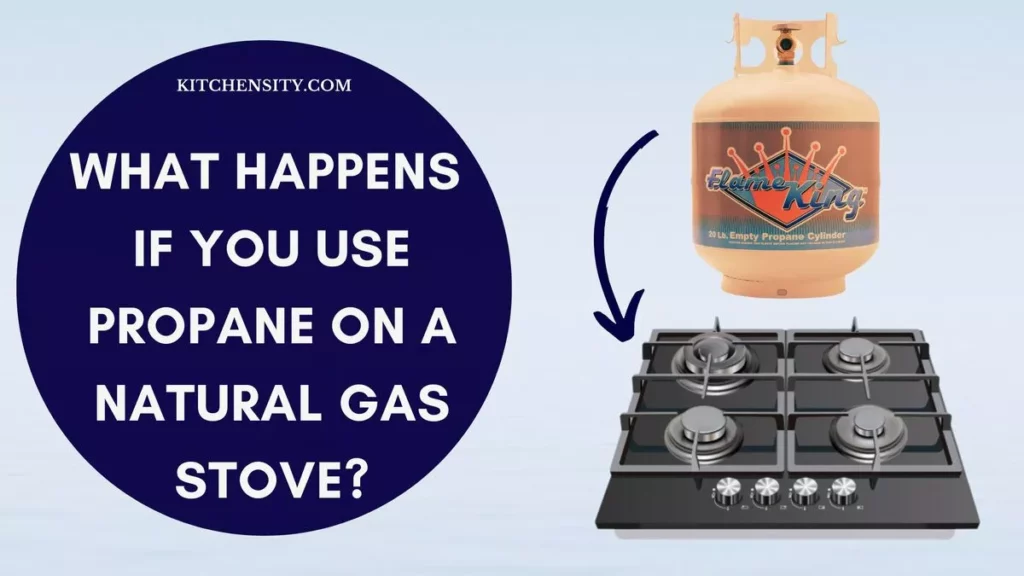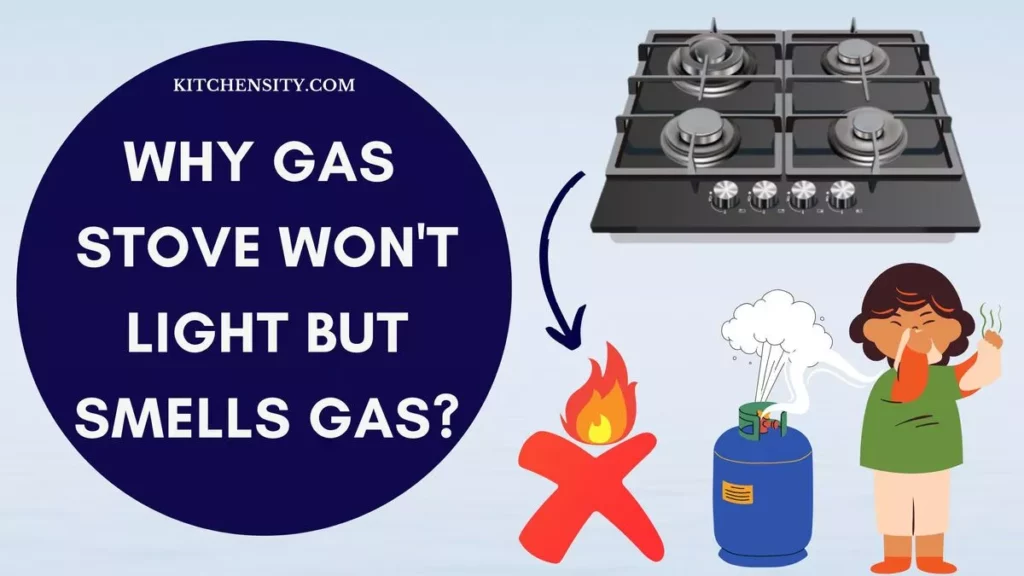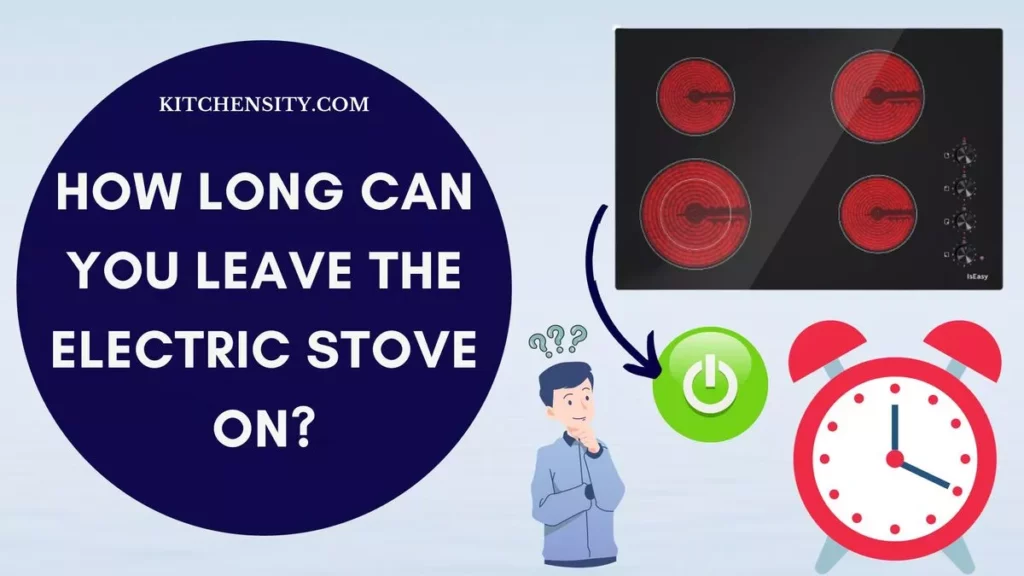Slow cookers, also known as Crock-Pots, have become a staple in many kitchens around the world. These handy kitchen appliances offer a convenient way to prepare meals, especially for those with busy schedules.
One of the key decisions when using a slow cooker is whether to simmer your dish on low heat or opt for a higher setting.
In this article, we’ll explore the pros and cons of using the low setting on your slow cooker and guide when it’s the right choice.
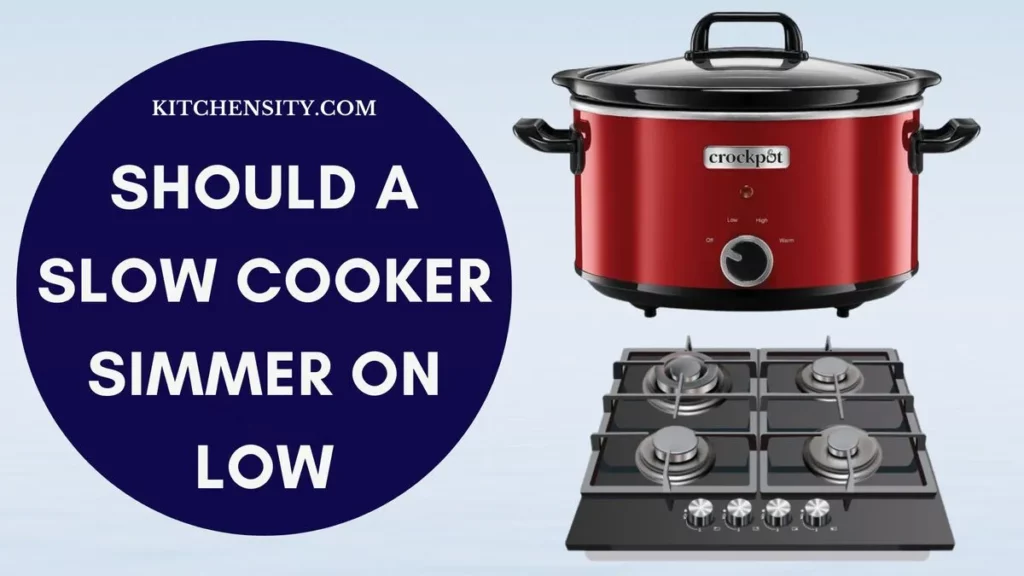
Table of Contents
- 1 Should A Slow Cooker Simmer On Low?
- 2 What Does Simmer Mean On A Slow Cooker?
- 3 The Low Setting: What Does It Mean?
- 4 The Benefits Of Simmering On Low
- 5 When To Choose The Low Setting?
- 6 The Drawbacks Of Low And Slow
- 7 Should Slow Cooker Be Bubbling?
- 8 Should A Slow Cooker Bubble On High?
- 9 Slow Cooker Temperature Guide
- 10 Final Verdict
- 11 FAQs – Should A Slow Cooker Simmer On Low?
- 11.1 What Temperature Is Low On A Slow Cooker In Celsius?
- 11.2 Is Simmer Low Or High On A Slow Cooker?
- 11.3 Can I Switch Between Low And High Settings During Cooking?
- 11.4 Are There Any Dishes That Should Always Be Cooked On Low?
- 11.5 Can I Leave My Slow Cooker Unattended On The Low Setting?
- 11.6 Can I Use The Low Setting For Soups And Broths?
- 11.7 Does The Low Setting Save Energy Compared To The High Setting?
Should A Slow Cooker Simmer On Low?
Yes, a slow cooker should simmer on low for most recipes, as it allows for extended cooking times that enhance flavor development and tenderize meats. Low heat is ideal when you have time to let dishes cook slowly and want to achieve rich, complex flavors.
However, it’s essential to choose the setting based on your recipe, schedule, and desired results, as there are scenarios where the high setting may be more suitable for quicker cooking.
Also Read – Is Simmer Lower Than Low?
What Does Simmer Mean On A Slow Cooker?
In the context of a slow cooker, “simmer” refers to the level of heat and activity within the appliance during the cooking process. Simmering in a slow cooker signifies a gentle and consistent heat that allows the ingredients in your recipe to cook slowly and gradually.
When you set your slow cooker to “simmer,” you are choosing a cooking temperature that is lower than the boiling point of water. In most slow cookers, this translates to a temperature range of approximately 190°F to 200°F (88°C to 93°C). At this temperature, the liquid in your recipe should reach a gentle, barely perceptible simmer.
Simmering in a slow cooker is a crucial aspect of the cooking process. It allows for the gradual breakdown of tough cuts of meat, the melding of flavors, and the development of rich, complex tastes in your dishes.
This slow and steady approach is the hallmark of slow cooking and is ideal for recipes that require extended cooking times, such as stews, roasts, soups, and casseroles.
So, when you set your slow cooker to “simmer,” you are selecting a low and consistent heat level that is essential for achieving the tender, flavorful results that slow cooking is known for. It is a method that prioritizes patience and gentle cooking to create delicious and satisfying meals.
Also Read – How To Simmer On An Electric Stove?
The Low Setting: What Does It Mean?
Before we delve into the debate, let’s clarify what the “low” setting on a slow cooker means. When you select the low setting, the appliance maintains a consistent temperature range of approximately 190°F to 200°F (88°C to 93°C). This lower temperature is in contrast to the high setting, which typically reaches temperatures of 280°F to 300°F (138°C to 149°C).
The Benefits Of Simmering On Low
1. Enhanced Flavor Development
Simmering your dishes on the low setting of a slow cooker offers several significant advantages, the first being enhanced flavor development. The prolonged, gentle heat of the low setting allows the ingredients to interact and meld together in a way that intensifies the flavors.
This means that spices and seasonings have more time to infuse into your dish, resulting in a richer and more complex taste.
Whether you’re preparing a hearty stew with a medley of aromatic herbs or a chili with a blend of spices, the low setting can help create mouthwatering meals that truly stand out in terms of flavor.
2. Tender and Juicy Meats
Another noteworthy benefit of simmering on low is the exceptional tenderness and juiciness it imparts to meats. Slow cookers are particularly adept at transforming tough cuts of meat into succulent, melt-in-your-mouth delicacies.
The extended cooking time on the low setting gradually breaks down the collagen and connective tissues present in these cuts. As a result, even the most stubbornly tough meats become tender and juicy, offering a satisfying culinary experience.
Whether it’s a beef roast, pork shoulder, or chicken thighs, the low setting can work its magic, delivering meats that are not only delicious but also effortlessly fork-tender.
3. Energy Efficiency
Apart from enhancing the culinary aspect, simmering on the low setting also comes with an eco-friendly advantage: energy efficiency. Operating your slow cooker on the low setting consumes significantly less energy compared to the high setting.
If you’re environmentally conscious or simply looking to reduce your utility bills, using the low setting makes perfect sense.
It allows you to enjoy the benefits of slow cooking without a substantial impact on your energy consumption, aligning with a more sustainable and cost-effective approach to meal preparation.
Also Read – What Temperature Is Simmer On An Electric Stove?
When To Choose The Low Setting?
While the low setting on a slow cooker offers several advantages, it’s important to know when to utilize this option effectively. Here are some scenarios in which selecting the low setting is the ideal choice:
1. When You Have Time
- The low and slow cooking method demands a certain level of patience. Therefore, it’s best suited for days when you have the luxury of time.
- If you’re planning to prepare a meal in the morning and have it ready by dinnertime, setting your slow cooker on the low setting is a perfect strategy.
- This approach allows the ingredients to simmer and meld together over an extended period, resulting in a dish that’s bursting with flavor and tenderness when it’s time to serve.
2. For Delicate Ingredients
- Certain ingredients are more delicate and require a gentle cooking touch. Ingredients like seafood, dairy-based dishes, or dishes with fragile vegetables can easily become overcooked or curdled when exposed to high temperatures.
- The low setting on your slow cooker is the go-to choice when you’re working with these more fragile components.
- It ensures that your delicate ingredients maintain their texture and integrity throughout the cooking process, resulting in a delectable final product.
3. When You Want to Impress
- If you’re planning a special occasion or hosting a dinner party and aiming to impress your guests with a restaurant-quality meal, choosing the low setting can be a culinary game-changer.
- The extended cooking time allows you to meticulously craft your dish, ensuring that every flavor is perfectly balanced and every ingredient is tender to perfection.
- It’s a surefire way to elevate your cooking and leave a lasting impression on your diners.
Also Read – What Does Simmer Look Like?
The Drawbacks Of Low And Slow
While the low and slow cooking method offers numerous benefits, it’s essential to be aware of its drawbacks as well. Here are some considerations:
1. Longer Cooking Times
One of the most significant drawbacks of the low and slow approach is the extended cooking time it requires. While this prolonged cooking process is advantageous for flavor development and tenderizing meats, it may not be suitable when you’re short on time.
Some recipes, especially those with tough cuts of meat, can take up to 8-10 hours or more to cook thoroughly on the low setting. If you have a busy schedule or need a meal ready quickly, the low setting may not be the best choice.
2. Limited Crisping and Browning
If you’re looking to achieve certain textures in your dishes, such as crispy skin on poultry or a nicely browned exterior on a roast, the low setting may not be your ideal option. Achieving these textures often requires higher temperatures, which the low setting cannot provide.
In such cases, you may need to consider alternative cooking methods, such as searing or broiling, to achieve the desired results.
3. Recipe Adaptation Required
Not all recipes are well-suited for the low and slow approach. Some dishes, especially those that rely on quick high-heat cooking for specific outcomes, may not perform as expected on the low setting.
It’s important to adapt recipes accordingly and choose the setting that best aligns with the dish’s requirements. This adaptability can be a challenge for those who are new to slow cooking.
Should Slow Cooker Be Bubbling?
When using a slow cooker, one common question that arises is whether it should be bubbling during the cooking process. Let’s explore this topic to provide clarity on the matter.
The Bubbling Question
In most cases, a slow cooker should not be bubbling vigorously during the cooking process. The hallmark of slow cooking is its gentle and consistent heat, which allows ingredients to simmer and meld together slowly over time. This slow and steady approach is what makes slow cookers ideal for creating tender and flavorful dishes.
While some gentle bubbling or simmering may occur, it should be minimal and not resemble the rapid boiling you would see on a stovetop. If your slow cooker is producing a rolling boil, it’s a sign that the temperature is too high, and you may need to adjust the setting.
Also Read – Can Induction Pans Be Used On Gas Stoves?
Finding The Right Balance
To ensure your slow cooker is operating correctly, it’s important to find the right balance between heat and bubbling:
- Low And Slow:
- For most recipes, especially those that require long cooking times, such as stews, roasts, and soups, the low setting is preferred.
- In this setting, the slow cooker should maintain a gentle, barely perceptible simmer.
- This minimal bubbling is a sign that the temperature is just right for the extended cooking process which slow cookers excel at.
- High Heat For Certain Recipes:
- In some cases, you may use the high setting for quicker cooking.
- Even on the high setting, the slow cooker’s bubbling should still be less vigorous than boiling on the stovetop.
- If you notice excessive bubbling on the high setting, consider switching to the low setting to maintain the desired slow-cooking effect.
When To Be Concerned?
If your slow cooker is boiling vigorously, it can affect the quality of your dish. Overly high temperatures can lead to overcooked and dry ingredients, diminishing the appeal of slow-cooked meals.
If you encounter this issue, here are some steps to take:
- Reduce The Temperature: Switch to a lower heat setting to reduce the bubbling and maintain the intended slow cooking process.
- Check The Liquid Level: Ensure that there is enough liquid in your recipe to prevent excessive evaporation, which can lead to a rolling boil. Add more liquid if necessary.
- Inspect The Seal: Make sure the slow cooker’s lid is properly sealed to retain moisture and control the cooking temperature effectively.
While some bubbling is normal in a slow cooker, it should be gentle and not resemble a rolling boil. Finding the right balance of heat and bubbling is essential to achieve the desired slow-cooked results and ensure that your meals are tender, flavorful, and cooked to perfection.
Also Read – Can Clay Pots Be Used On The Gas Stove?
Should A Slow Cooker Bubble On High?
When you choose the “high” setting on your slow cooker, you are opting for a higher cooking temperature than the “low” setting.
However, even on the “high” setting, a slow cooker should not produce a rolling boil like you might see on a stovetop. Instead, you should observe a more active simmer or gentle bubbling.
The bubbling on the “high” setting is still relatively mild compared to boiling, and it indicates that the slow cooker is operating as intended. This level of heat is suitable for recipes that require shorter cooking times or when you want to expedite the cooking process without sacrificing the benefits of slow cooking.
It’s important to remember that the “high” setting on a slow cooker is relative to the appliance’s design, and it is not as high as the boiling point of water. Slow cookers are designed to cook slowly and evenly, even on the “high” setting, to ensure that ingredients become tender and flavors meld together effectively.
So, when using the “high” setting on a slow cooker, some bubbling or simmering is normal. It signifies that the slow cooker is maintaining an appropriate cooking temperature for the selected setting and should not resemble a rapid, rolling boil commonly seen on a stovetop.
Slow Cooker Temperature Guide
Slow cookers, also known as Crock-Pots, come with different temperature settings to cater to various cooking needs. Understanding these settings can help you choose the right one for your recipes:
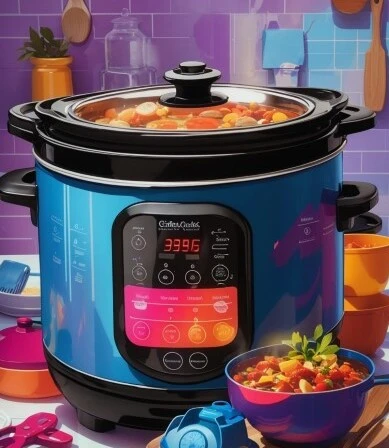
1. Low Setting
- Temperature: Approximately 190°F to 200°F (88°C to 93°C).
- Cooking Time: 6 to 10 hours or more.
- Ideal For: Slow-cooking tough cuts of meat, stews, soups, and recipes that benefit from extended cooking times for flavor development and tenderness.
2. High Setting
- Temperature: Approximately 280°F to 300°F (138°C to 149°C).
- Cooking Time: 3 to 5 hours.
- Ideal For: Recipes with shorter cooking times, when you want to expedite the cooking process while still enjoying the benefits of slow cooking.
3. Keep Warm Setting
- Temperature: Typically around 165°F (74°C).
- Purpose: Maintains a warm serving temperature for cooked dishes without further cooking. Ideal for keeping meals hot until serving.
4. Off Setting
- Purpose: Turns off the slow cooker entirely, stopping the cooking process.
5. Programmable Settings
- Some modern slow cookers offer programmable settings, allowing you to customize both the cooking time and temperature. These settings offer versatility for a wide range of recipes.
- It’s essential to select the appropriate temperature setting based on your recipe’s requirements and your available cooking time.
- Slow cookers are designed to provide gentle and consistent heat, making them ideal for tenderizing meats and developing rich flavors over extended periods.
Remember that the actual temperature within a slow cooker can vary slightly depending on the make and model, so it’s a good practice to check the manufacturer’s guidelines for specific temperature ranges.
Additionally, always follow your recipe’s instructions for the recommended slow cooker temperature setting to achieve the best results.
Final Verdict
The choice of whether a slow cooker should simmer on low depends on a variety of factors, including the recipe, your schedule, and your culinary goals. Simmering on low offers distinct advantages, such as enhanced flavor development, tender meats, and energy efficiency.
It’s an excellent option when you have the time to savor the slow-cooked flavors, when working with delicate ingredients, or when aiming to impress with a restaurant-quality meal.
However, it’s essential to consider the potential drawbacks, including longer cooking times and limitations in achieving certain textures. Balancing the benefits and limitations of the low setting allows you to harness the full potential of your slow cooker and create dishes that are both delicious and satisfying.
Ultimately, the slow cooker’s versatility lies in its ability to adapt to your needs and preferences. Whether you choose low or high, knowing when to apply each setting ensures that you can make the most of this indispensable kitchen appliance and create meals that delight your taste buds and warm your heart.
FAQs – Should A Slow Cooker Simmer On Low?
-
What Temperature Is Low On A Slow Cooker In Celsius?
Low on a slow cooker typically ranges from approximately 88°C to 93°C.
-
Is Simmer Low Or High On A Slow Cooker?
Simmer is a low setting on a slow cooker, ideal for gentle and extended cooking.
-
Can I Switch Between Low And High Settings During Cooking?
Yes, you can. However, it’s essential to do so with caution. Abruptly switching between settings may affect the cooking process and the outcome of your dish.
-
Are There Any Dishes That Should Always Be Cooked On Low?
While most recipes can be adapted to either setting, some dishes, like custards and delicate seafood, are best prepared exclusively on the low setting.
-
Can I Leave My Slow Cooker Unattended On The Low Setting?
Yes, slow cookers are designed to be left unattended safely. However, it’s always a good practice to check on your meal periodically, especially if you’re new to slow cooking.
-
Can I Use The Low Setting For Soups And Broths?
Absolutely! The low setting is ideal for simmering soups and broths, allowing flavors to develop and intensify over time.
-
Does The Low Setting Save Energy Compared To The High Setting?
Yes, the low setting is more energy-efficient, making it a greener choice for cooking over extended periods.
Katrina Smith is a seasoned expert with over 25 years of experience in all things related to cooking and the kitchen. As an avid cook and kitchen enthusiast, she is passionate about sharing her knowledge and expertise on cookware, kitchen appliances, kitchen tips, and kitchen staples.
Through her articles and reviews, Katrina aims to inspire and help others improve their cooking skills, experiment with different ingredients, and invest in quality cookware and appliances.

